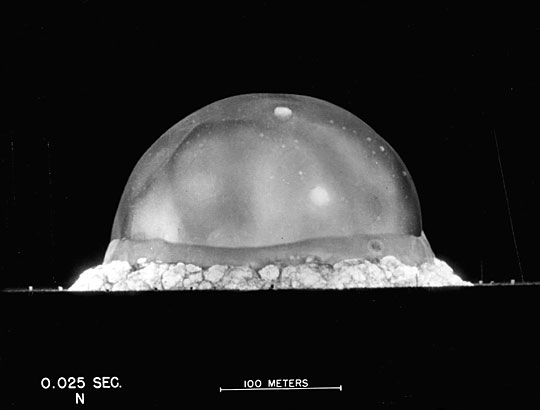AMD has finally unveiled the eagerly awaited Trinity APU. The first crop of Trinity chips are aimed at the mobile market, while desktop versions will appear a bit later.
The Trinity design is an evolution of Llano, with a new Bulldozer derived CPU core and revamped graphics. The production process is the same, 32nm, but AMD managed to pull off a few tricks, resulting in 17W parts for ultrathin notebooks.
AMD introduced two low voltage parts and hopefully we will see more sooner than later. The A6-4455M is a 17W dual-core with HD 7500G graphics. It is clocked at 2.1/2.6GHz, features 2MB of L2 cache and 256 Radeon cores running at up to 424MHz. The 25W A10-4655M is a quad-core with HD 7620G graphics. It is clocked at 2.0GHz, but with a little turbo it can hit 2.8GHz. It packs 4MB of cache and 384 Radeon cores running at 497MHz.
Moving to 35W envelope parts, AMD starts off with the A6-4400M. It features HD 7520G graphics, two Piledriver cores clocked at 2.7GHz/3.2GHz, 1MB L2 and 192 Radeon cores running at 686MHz. The A8-4500M is a quad-core clocked at 1.9GHz/2.8GHz and it boasts 4MB of L2 and HD 7640G graphics, with 256 cores clocked at up to 655MHz.
The A10-4800M is the fastest part, at least for now. This quad-core is clocked at 2.3GHz/3.2GHz, it packs HD 7660G graphics with 384 shaders clocked at 686MHz.

The specs are hardly surprising, since most of them were leaked months ago. We’ve also been reporting about performance projections for months and we are happy to report that Trinity managed to live up to the hype. Piledriver cores ended up a lot more efficient than Llano and AMD claims it will deliver a bit more battery life than Sandy Bridge. In the graphics department, new HD 7000 cores wipe the floor with Llano and Intel’s latest Ivy Bridge parts. GPU performance could prove to be AMD’s trump card in the long run, as vendors start to turn to high-res displays, especially in the ultrathin market, which is not that big on discrete graphics.
Sadly, desktop Trinity parts are still in the works and they should appear a bit later. Although some dates were thrown around, we are not sure exactly when. Still, Trinity looks promising to say the least. For the first time AMD has a competitive mid-range chip for the emerging ultrathin market and the price/performance ratio across the board looks good. It will also be interesting to see what AMD manages to pull off in the desktop market. Llano was plagued by poor yields and other manufacturing issues, so AMD was never able to ship 65W quad-cores with Turbo in any significant volume. Trinity should change all this and we could see some very interesting parts in 65W and lower power envelopes.




